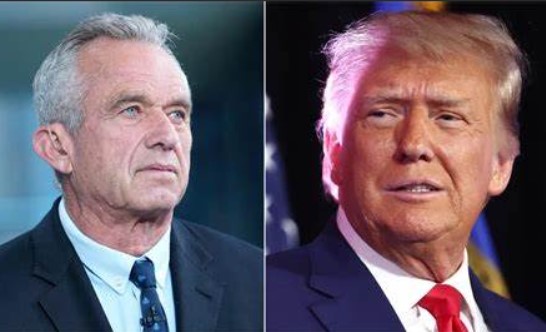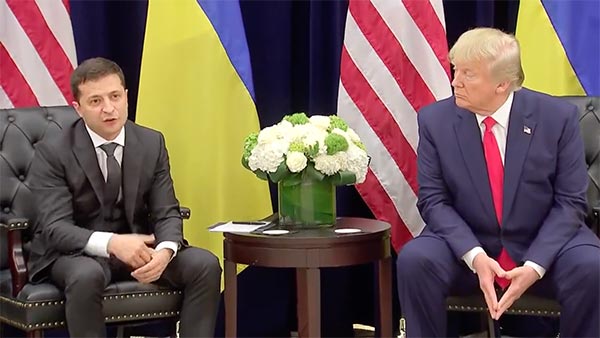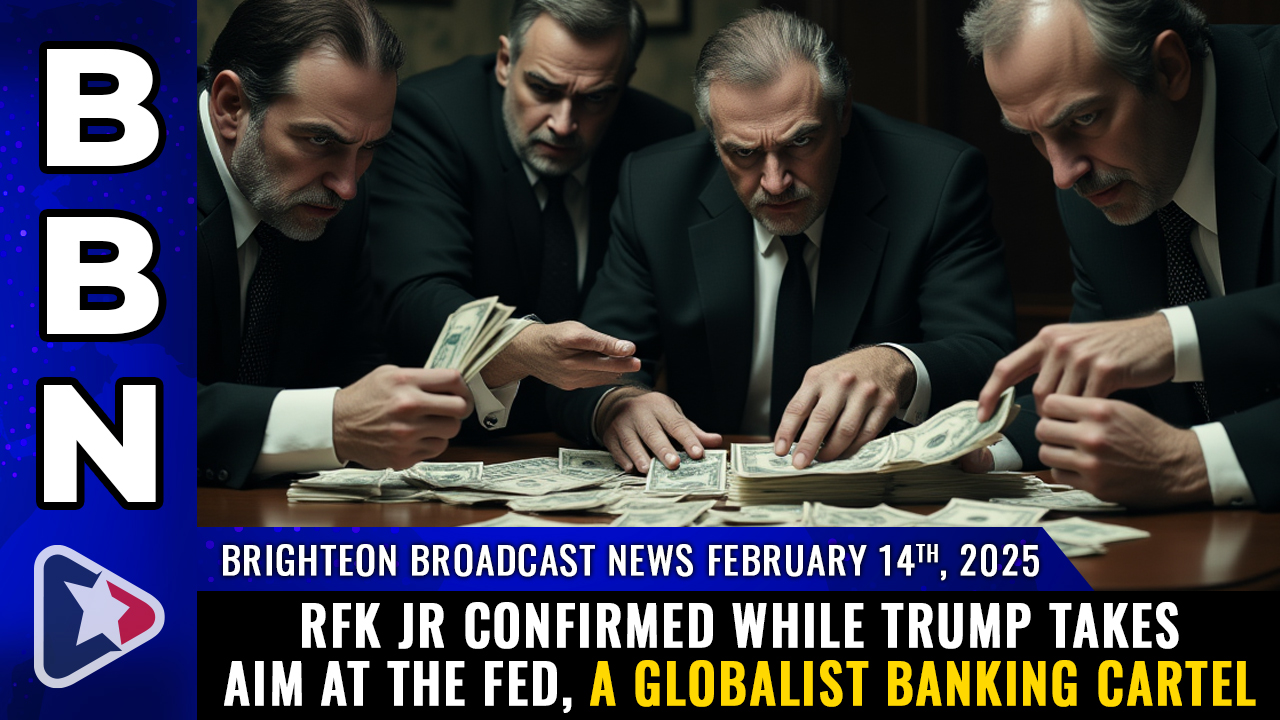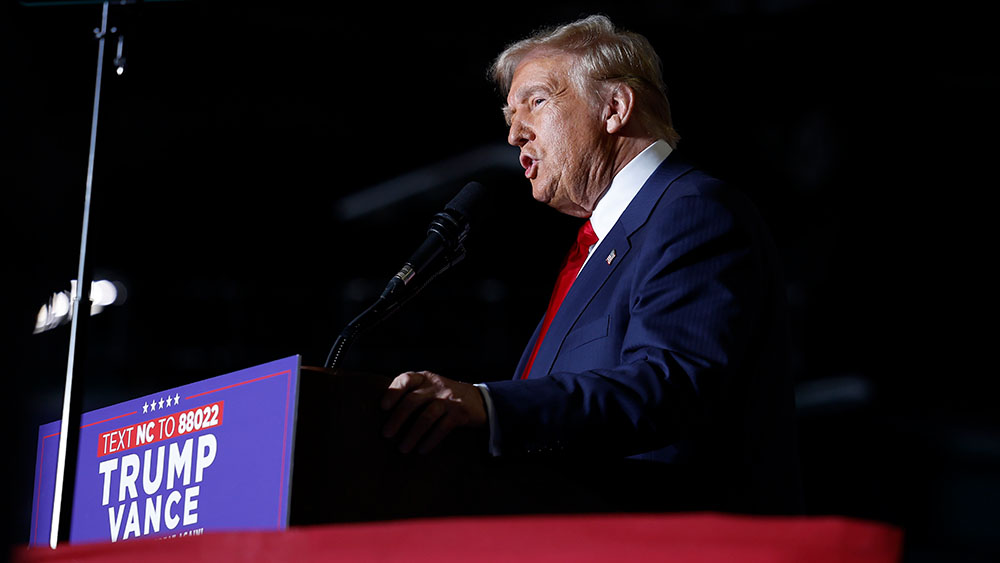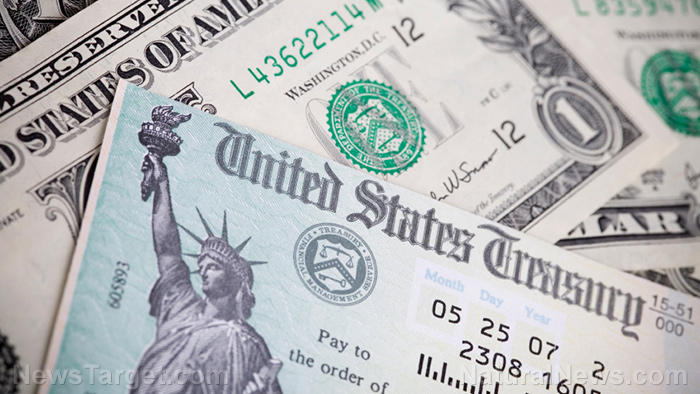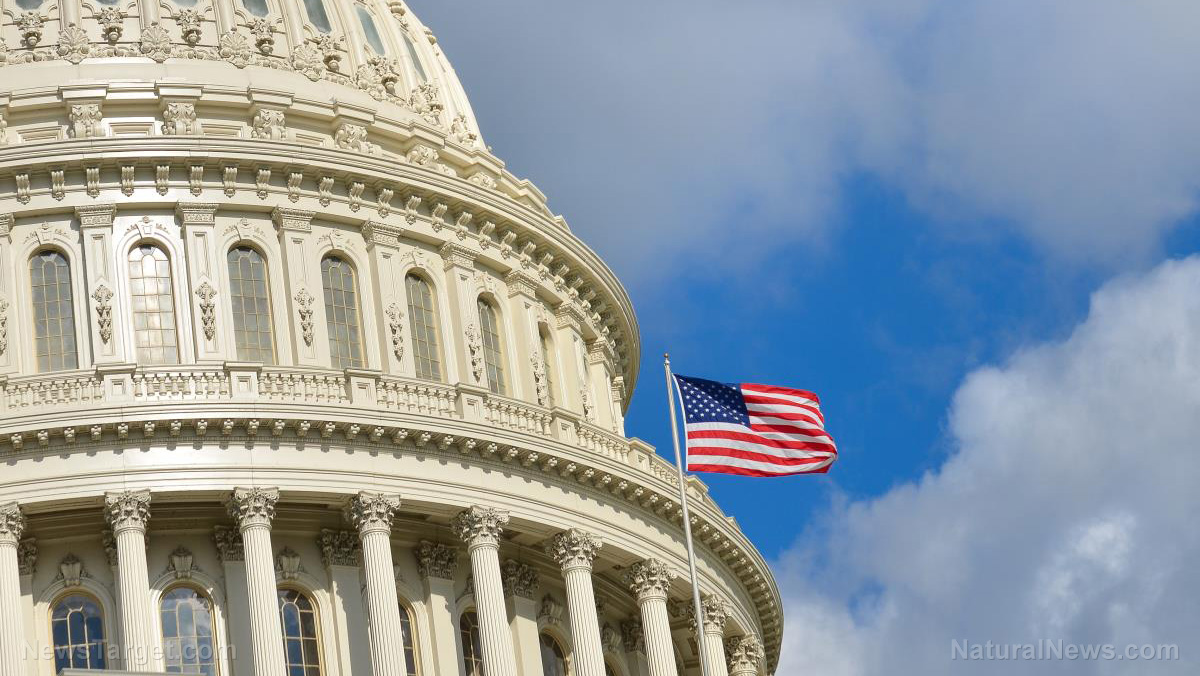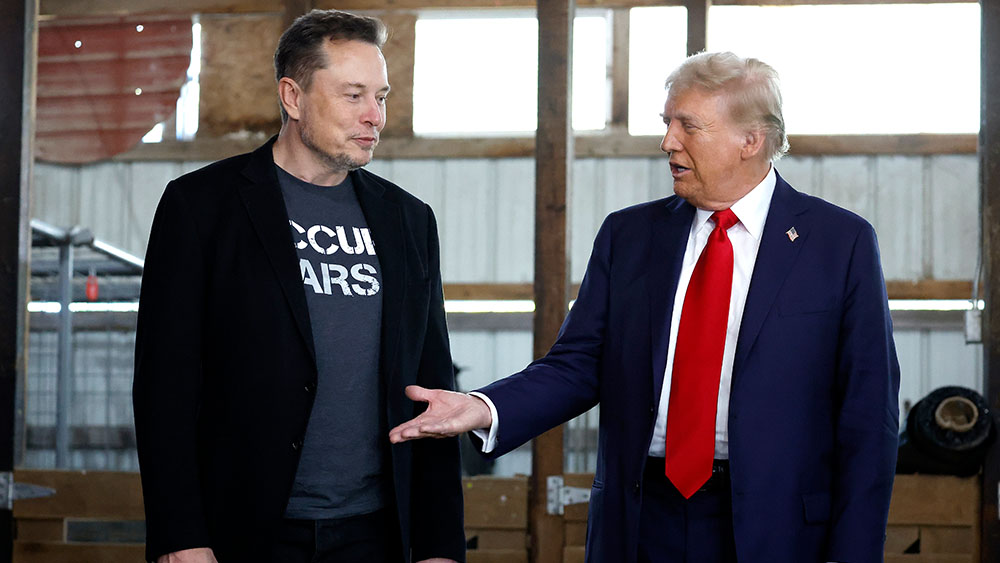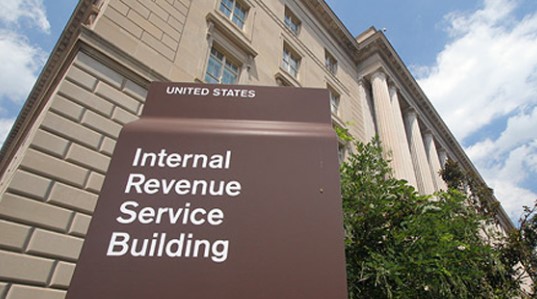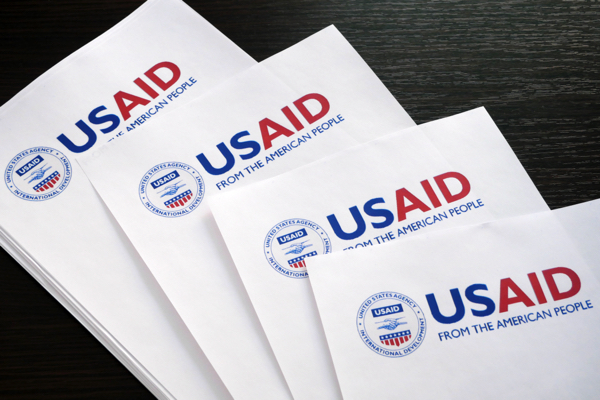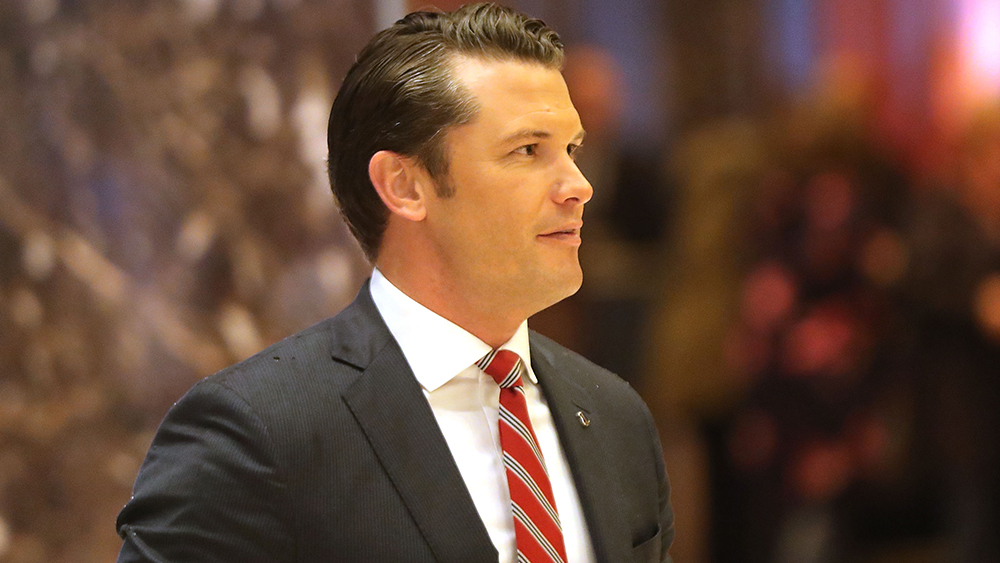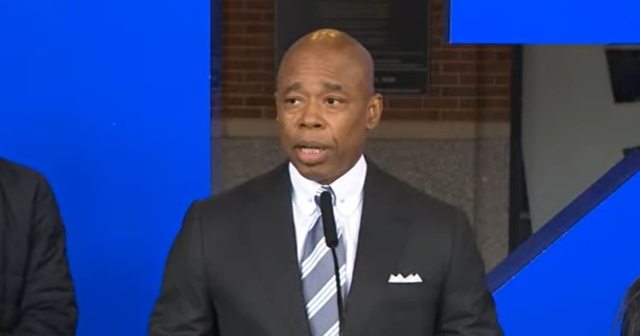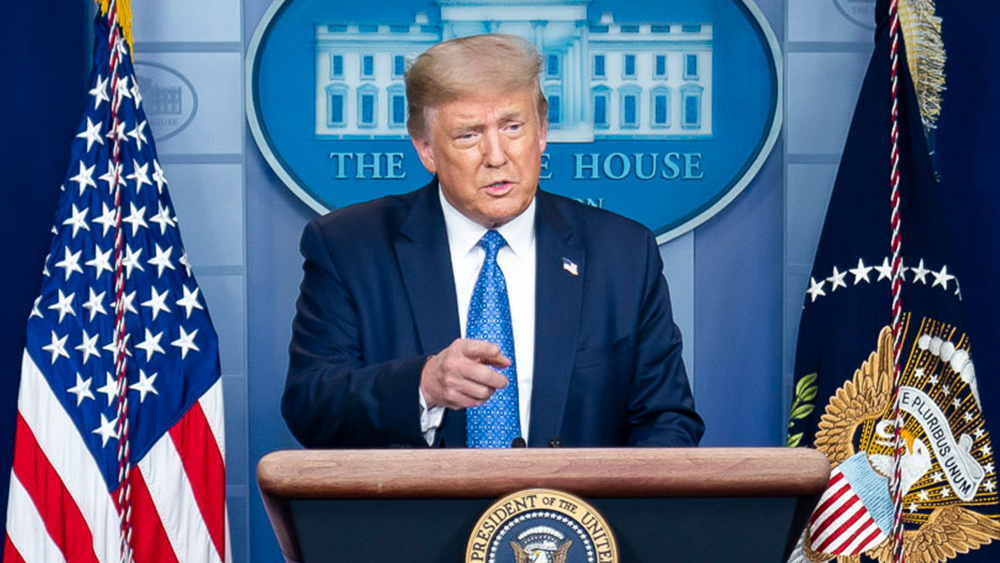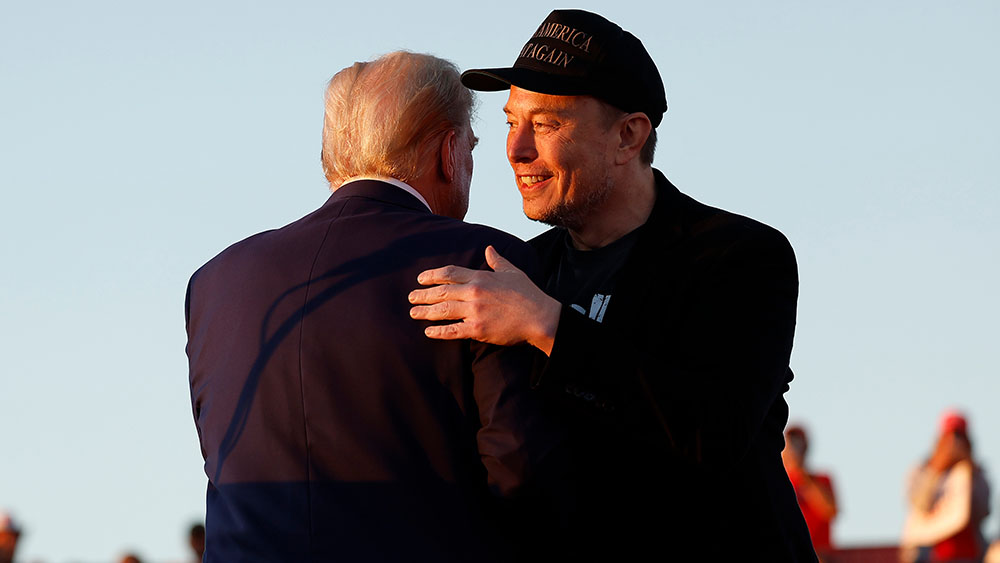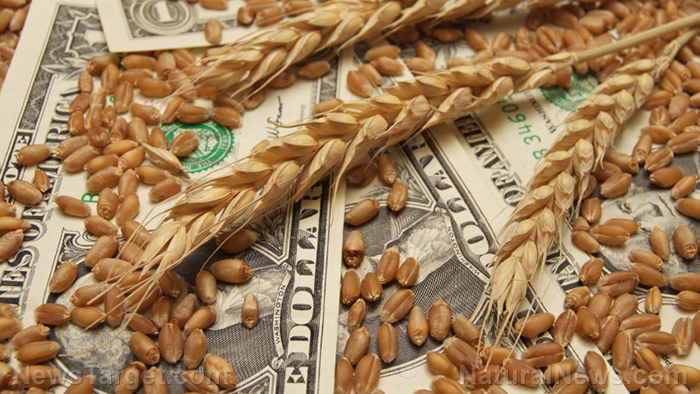China STRIKES BACK, imposes retaliatory tariffs on U.S. goods as trade tensions escalate
02/06/2025 / By Laura Harris
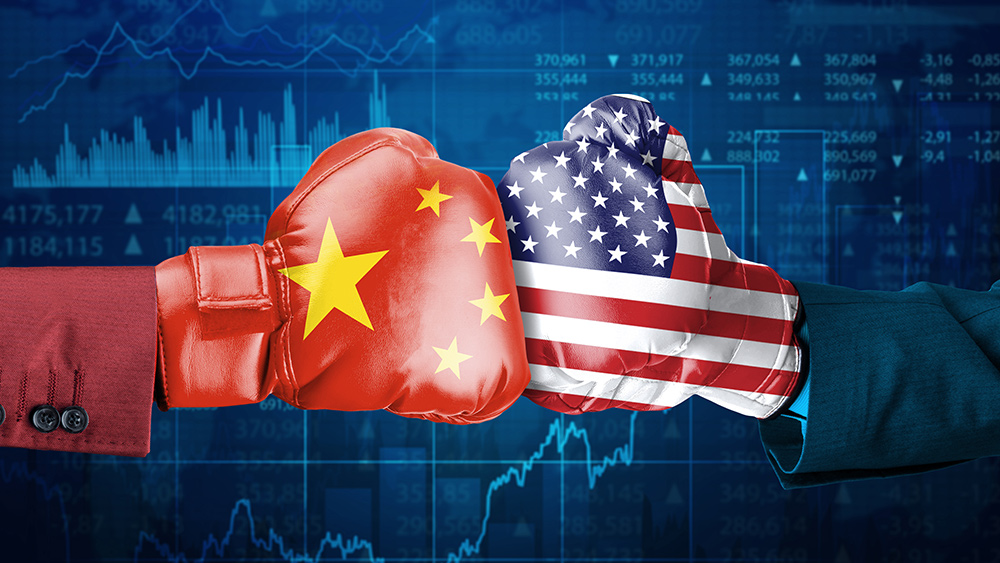
- U.S. President Donald Trump imposed a 10 percent tariff on all products imported from China into the United States, effective Feb. 4.
- China announced retaliatory measures, including a 15 percent tariff on liquefied natural gas and coal, and a 10 percent tariff on crude oil, farm equipment and certain “large engine” autos, effective Feb. 10.
- China also announced immediate export controls on critical minerals, including tungsten, tellurium, ruthenium, molybdenum and ruthenium, which could have significant implications for the global supply chain.
- The Chinese government has maintained that the U.S. tariffs violate World Trade Organization (WTO) rules and has formally submitted the U.S. tariffs to the WTO’s dispute settlement process.
- China’s Ministry of Commerce and Finance have criticized the U.S. tariffs, stating that they undermine the rules-based multilateral trading system and disrupt the stability of the global industrial chain and supply chain.
China has unveiled a series of retaliatory measures against the United States after President Donald Trump imposed a 10 percent tariff on their goods.
On Feb. 1, Trump signed an executive order imposing an additional 10 percent tariff on all products imported from China into the United States. The new tariffs, which took effect on Feb. 4, are in addition to existing Section 301 duties and general import duties already in place. The order cites the “influx of synthetic opioids” from China as the justification for the new measures. (Related: Trump announces 25% tariffs on Mexico and Canada, effective February 1.)
According to the executive order, imports under $800, previously exempt from duties, are now subject to the new tariffs if the country of origin is China. There is no exclusion process announced for specific products, unlike in previous administrations. However, products in transit as of Feb. 1, are already exempted from the new tariffs if they arrive in the U.S. by March 7 at 10:01 a.m.
The Trump administration’s decision to impose the new tariffs is based on the International Emergency Economic Powers Act (IEEPA), the National Emergencies Act, Section 604 of the Trade Act of 1974, and 3 U.S.C. 301. The executive order also clarifies that duty drawback, which allows importers and exporters to recover already paid duties, will not apply to the new 10 percent tariffs.
In response, China has announced a series of retaliatory measures, imposing a 15 percent tariff on liquefied natural gas and coal and a 10 percent tariff on crude oil, farm equipment and certain “large engine” autos. These countermeasures will take effect on Feb. 10.
The Chinese government has also announced export controls on a range of items and technologies related to critical minerals, including tungsten, tellurium, ruthenium, molybdenum and ruthenium. These measures are set to take effect immediately and could have significant implications for the global supply chain.
“China firmly opposes the U.S. practice and urges the United States to correct its wrong practices immediately,” the Chinese Ministry of Commerce said.
Chinese Ministry of Commerce claims U.S. violates the WTO rules
Since Trump’s announcement, China has maintained that the tariffs imposed on its exports constitute a serious violation of World Trade Organization (WTO) rules.
Chinese officials have characterized the tariffs as “negative” and described them as “typical examples of unilateralism and trade protectionism.” On Feb. 4, the Chinese Ministry of Commerce formally submitted the U.S. tariffs to the WTO’s dispute settlement process.
“The U.S. practice seriously undermines the rules-based multilateral trading system, undermines the foundation of economic and trade cooperation between China and the United States and disrupts the stability of the global industrial chain and supply chain,” the Ministry of Commerce said. The Chinese Ministry of Finance echoed a similar stance, stating that the U.S.’s decision to impose additional levies of 10 percent on Chinese goods “seriously violates the rules of the World Trade Organization and destructs the normal bilateral economic and trade activities.”
The potential consequences of this trade war could be far-reaching. In fact, Louise Loo, China’s lead economist at Oxford Economics, warned that a second U.S.-China trade war is “clearly in its early stages” and she sees a “very high likelihood” of additional tariff rounds from both countries in the near future.
Head over to Trump.news for related news.
Trump should put the tariffs on immediately, expert says. Watch this video.
This video is from the NewsClips channel on Brighteon.com.
More related stories:
Trump’s tariff threats yield results: Mexico to deploy 10,000 troops to secure border.
London gold market faces shortage and prices soar as Trump tariff fears spark U.S. stockpiling.
Trump’s tariff gamble: A bold move to secure borders or a risky blow to North American trade?
JPMorgan Chase CEO Jamie Dimon backs President Donald Trump’s tariff proposals.
Putin ready to meet Trump on Ukraine War amid tariff threats.
Sources include:
Submit a correction >>
Tagged Under:
big government, bubble, China, Donald Trump, economic riot, energy supply, exports, finance riot, market crash, metals, money supply, products, retaliation, revolt, risk, supply chain, tariffs, trade policy, trade wars
This article may contain statements that reflect the opinion of the author
RECENT NEWS & ARTICLES
Trump.News is a fact-based public education website published by Trump News Features, LLC.
All content copyright © 2018 by Trump News Features, LLC.
Contact Us with Tips or Corrections
All trademarks, registered trademarks and servicemarks mentioned on this site are the property of their respective owners.

